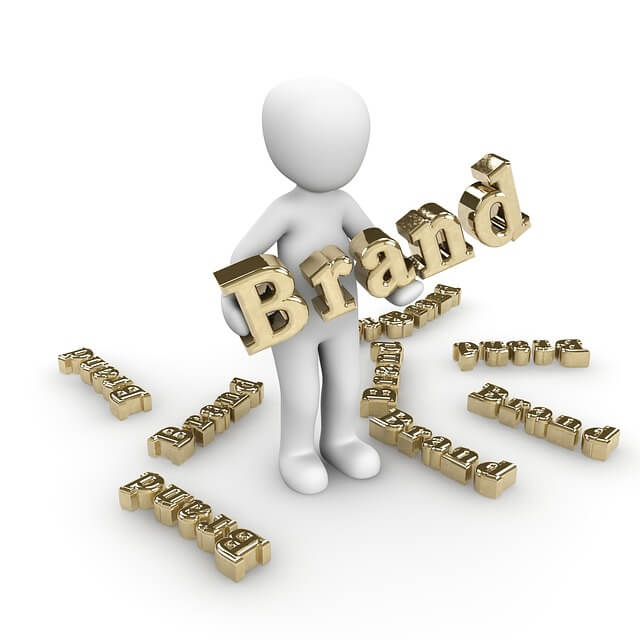1. What does brand research include?
Brand research is pretty much what it sounds like: it’s the process of conducting research relating to brands and branding. Most brands are more than just what they sell. They have an abstract collection of ideas that relate to their “personality” and customer base. If you plan to build a domestic appliance brand, you present to the world not only your equipment but attitude on life and your promise visually through logos, colors, slogans, and the message like brand stories.
Basically, brand marketing research aims to provide a form of conversation.

The conversation is not simply a two-way process, but also a continuous process.
Brand research enables brands to ask questions and listen to their customers, allowing them to keep their finger on the pulse and adapt appropriately.
2. Why should you do brand research?
From the conversation cycle, the answer is pretty obvious. You need to know what your various internal and external audiences want from your brand in the future—after all, the whole point of branding or rebranding is to try to present precisely what they want.
#1 To improve efficiency within your brand
At the top of the list of reasons why market and brand research is so important is the opportunity to improve efficiency within your brand. Business is all about return on investment (ROI), and a successful brand will see regular ROI throughout the year. If you embark on a marketing strategy for your brand without doing the necessary research, you’ll find yourself throwing money down the drain more often than not. A sound marketing plan backed with the proper investment will set your brand up for success moving forward, but only if you carry out the research efficiently.
#2 To uncover issues that your brand may be suffering
Another massive benefit of brand and market research is that you’ll uncover issues that your brand may be suffering from, or even be able to spot potential problems before they arise. issues such as poor audience targeting are not always easily identifiable from the outset, and the market will go a long way to uncovering issues you may have. Another issue that can go undetected until it becomes a chronic problem is how your brand is perceived by your audience. Proper research can allow you to keep on top of issues before they can really begin to affect your brand, and will also give you the information required to make small changes today so you don’t have to make sweeping changes tomorrow.

3. What are the tools and techniques of brand research?
We can select from many tools and techniques; which one you want depends greatly on the specifics of your brand, timing and audience. You probably should use a combination of several. To better keep track of all insights and emerging patterns, we recommend building a research system:
#1 Surveys – online, by email or by telephone. They mostly provide quantitative data and help collect users’ opinions/views on a large scale. When using surveys, you need to keep specific biases in mind and interpret the results with care.
#2 Interviews – with the external (users, clients) and internal (employees, partners, investors) community. When carried out by experts, interviews provide one of the most effective setups to dig into reasons and personal stories.
#3 Focus groups – in person. Running discussions or activities with a group of people can make for great fun and many insights as you observe interactions between several individuals and one or more brands at the same time.
#4 Analytics tools – to measure traffic, origins, and demographics of users arriving at your landing page or products. Search data can also add to the picture, as one user’s search session may often contain several (related) searches.
#5 Testing – looking for proof. Many techniques can help validate existing or re-designed branding and value propositions. These include fake landing pages, A/B testing, five-second tests, content testing, associations, metaphors, etc.
#6 Social listening tools – even more data. Some licensed tools let you scan for and listen to conversations on social media and on the web about your brand. Ever wanted to hear what others are saying about it when you’ve left the room?

4. How should you conduct brand research?
Learn more about customers and the customer experience through tailored research.
Compare performance and brand perceptions in the competitive space to better position strategies.
Learn to adapt to changes in brand perception when they arise by frequently assessing brand performance and allocating marketing spending more effectively.
Domestic appliance sellers or product-driven companies will often start the brand building from a functional or physical standpoint, viewing life through the lens of ‘how can we apply what we have?’ However, I suggest considering the opposite end of the spectrum viewing life through the lens of ‘what do customers want, and how can we deliver it?’ Inevitably both outlooks will meet in the middle somewhere, talking of brand identity, value or equity.





